 Shutterstock
Shutterstock
Even the most expressive dogs can struggle to show us when they’re in pain. Unlike humans, they can’t say, “Hey, my hip hurts,” or “This tooth is killing me.” Instead, they communicate through body language, behavior changes, and subtle shifts in routine. Recognizing signs of pain or discomfort is crucial for their overall health and well-being. When you know what to look for, you can catch issues early, get help when needed, and keep your furry friend comfortable, safe, and ready for tail wags, not trouble.
Sudden Changes in Behavior
 Shutterstock
Shutterstock
If your usually sweet pup starts acting like a grump or seems withdrawn, pain could be the culprit. Sudden behavioral changes—such as growling when touched, hiding, or becoming unusually clingy—can indicate discomfort. Pain alters how dogs interact with their environment, causing them to be either more reactive or more withdrawn. Whether it’s joint pain, internal issues, or a sore tooth, these changes are often among the earliest indicators that something is not right. Trust your gut—if your dog’s behavior suddenly shifts without an apparent cause, it’s time to call the vet.
Limping or Avoiding Movement
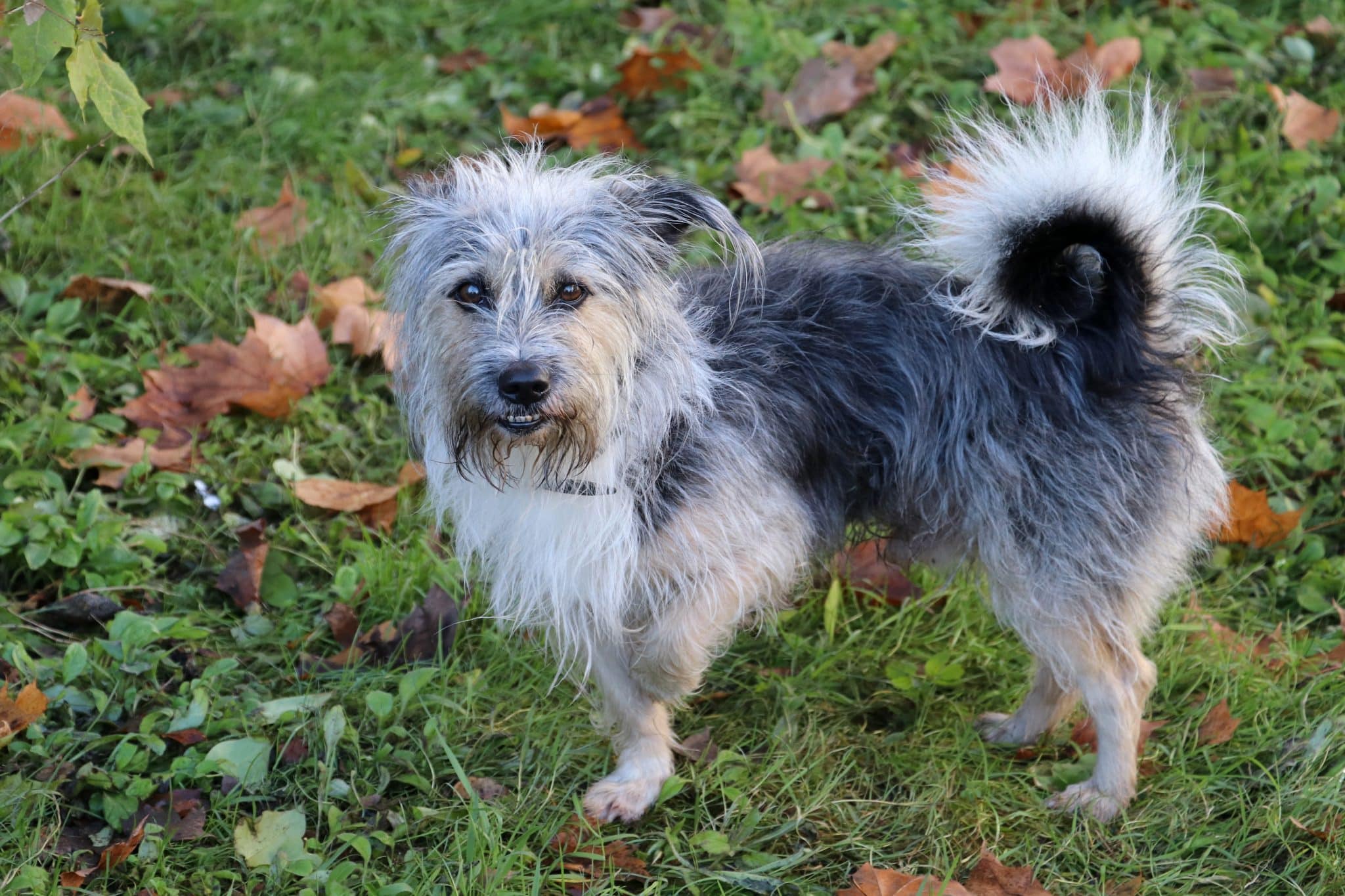 Shutterstock
Shutterstock
A limp is a fairly clear sign that something hurts, but dogs can be sneaky about hiding pain, especially in breeds like Labrador Retrievers or German Shepherds that are known for their stoicism. Some might avoid jumping onto the couch, hesitate at stairs, or walk stiffly instead of showing a noticeable limp. This can be due to anything from paw injuries and arthritis to spinal discomfort. Watch how your dog moves, especially after rest or exercise. If they start moving like an old man with a grudge against mornings, something could be up.
Changes in Eating or Drinking Habits
 Shutterstock
Shutterstock
When your dog suddenly loses interest in food or starts gulping water like they’ve been stranded in the desert, it might not just be picky behavior. Pain—especially dental pain, gastrointestinal discomfort, or nausea—can lead to changes in appetite. Similarly, an increase or decrease in drinking can indicate kidney problems, infections, or pain that’s affecting their general comfort. Any drastic or persistent change in your dog’s eating or drinking habits is worth getting checked out, especially if other signs accompany it.
Excessive Grooming or Licking
 Shutterstock
Shutterstock
Dogs often lick their wounds—or, in this case, areas of pain. If your pup is obsessively licking one spot, especially on joints or paws, it may be a sign of underlying pain or irritation. Even if there’s no visible injury, they may be trying to self-soothe internal discomfort, such as joint inflammation, allergies, or nerve pain. Over time, this behavior can lead to sores or infections, so it’s not something to brush off. Pay attention to patterns: if your dog fixates on one area, it’s probably not just a quirky grooming habit.
Heavy Panting or Shallow Breathing
 Shutterstock
Shutterstock
Panting after a romp in the park is normal, but constant panting while resting, or breathing that seems shallow or strained, could be a sign of concern. Pain, mainly internal or chest-related discomfort, often shows up through abnormal breathing. Dogs may also breathe faster or hold themselves in a rigid position to avoid triggering pain. Suppose your dog’s panting doesn’t match their activity level or is accompanied by other signs (such as restlessness or trembling). In that case, it’s time for a closer examination and possibly a vet visit.
Restlessness or Trouble Sleeping
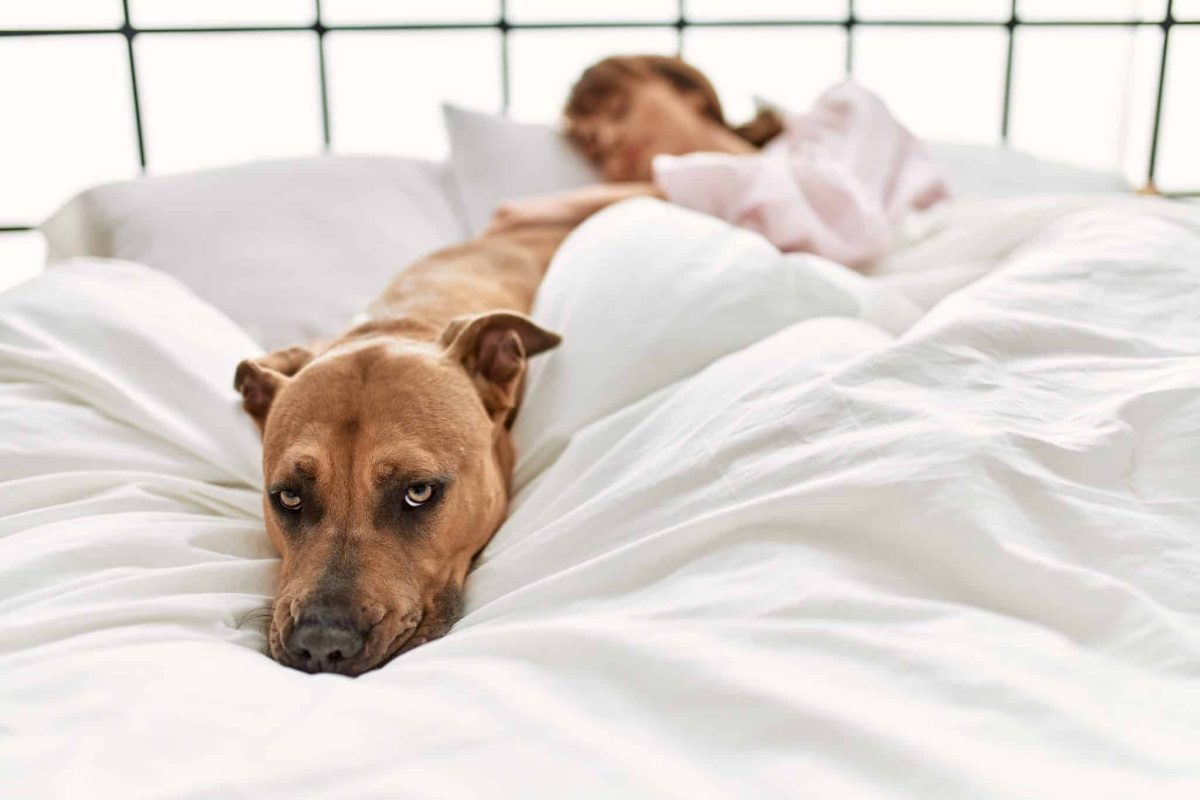 Shutterstock
Shutterstock
Dogs in pain often struggle to find comfort. If your pup is pacing, circling their bed endlessly, or waking up more frequently at night, they may be experiencing physical discomfort. This could be due to arthritis, digestive issues, or neurological problems. Sleep is essential for healing and stress regulation, so that constant restlessness can spiral into more health problems. If your dog seems tired but can’t stay still, or keeps switching positions as if nothing feels quite right, something more serious may be going on beneath the surface.
Whimpering or Vocalizing More Than Usual
 Shutterstock
Shutterstock
Not all dogs vocalize when they’re hurting, but those that do might whimper, whine, or yelp unexpectedly—especially when moving, being touched, or trying to lie down. If your typically quiet pup suddenly finds their voice in a distressed way, they’re likely trying to tell you something hurts. Even low, repetitive whining or sighing can be a sign of chronic discomfort. It’s not just “talking back”—it’s your dog’s version of saying, “Ow.” And unlike their love for squeaky toys, this kind of noise shouldn’t be ignored.
Unusual Postures or Stiffness
 Shutterstock
Shutterstock
Posture reveals a great deal about how your dog feels. Arched backs, tucked tails, limping, or holding a leg up are classic signs of physical discomfort. They may also hunch over, stand with a wide stance, or seem stiff when they first get up in the morning. These postural shifts help dogs compensate for pain, even when they’re trying to act normal otherwise. If your dog suddenly moves like a stiff-legged cowboy or stands like they’re posing for a dramatic portrait, it’s time to investigate.
Aggression or Irritability
 Shutterstock
Shutterstock
Pain can turn even the friendliest dog into a snappy or irritable version of themselves. If your pup starts growling, snapping, or acting defensive when touched—or avoids interaction altogether—it’s a significant sign they may be hurting. This isn’t just bad behavior; it’s a protective reaction aimed at preventing further pain. Sudden aggression or fearfulness, especially when accompanied by physical symptoms, warrants immediate attention. Remember: your dog isn’t being mean, they’re asking for help the only way they know how.
The Tail-End Truth About Ouchies
 Shutterstock
Shutterstock
So, your dog’s suddenly acting like a moody, creaky, lick-happy weirdo—and you’re wondering if something’s up? You’re not being paranoid. Dogs are experts at hiding pain, but subtle changes in posture, behavior, or energy levels are often their quiet cries for help. Trust your instincts and take action quickly; identifying discomfort early can make a big difference in your pup’s health and happiness. While your dog may not speak your language, they are constantly communicating in their way—you have to watch, listen, and respond with care.

 1 month ago
19
1 month ago
19

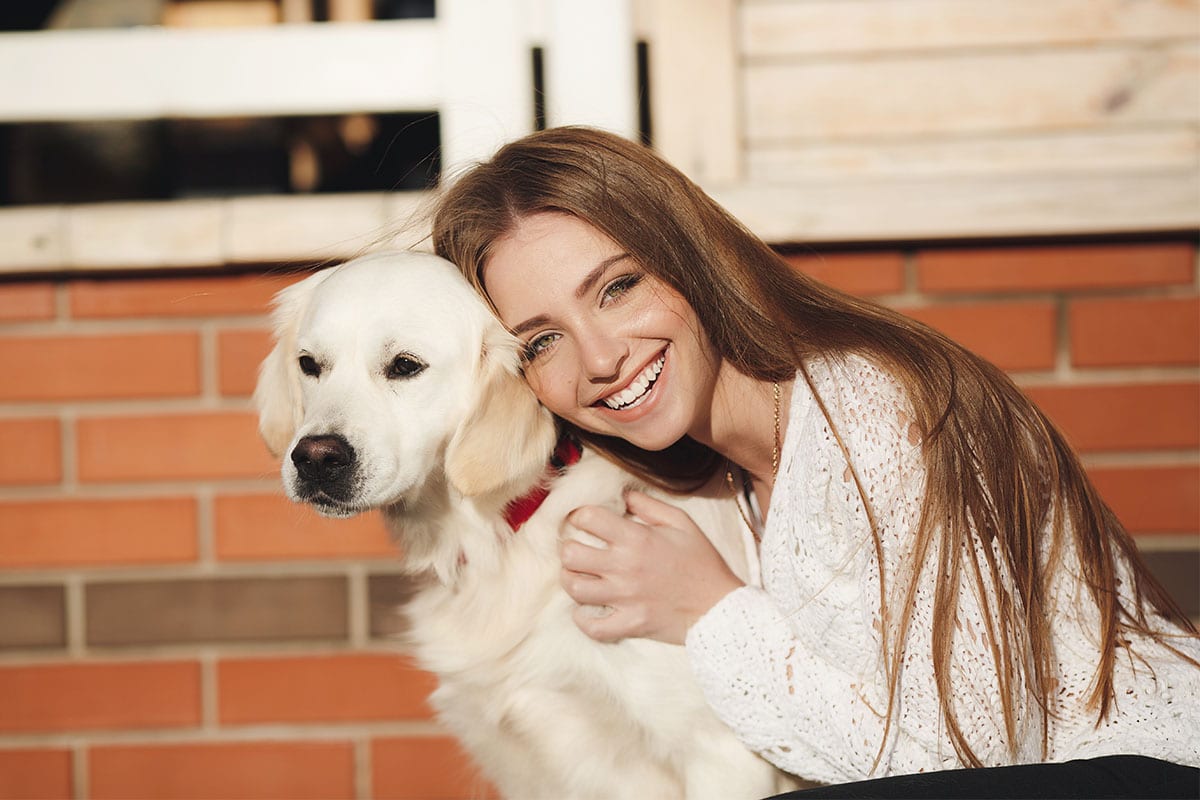
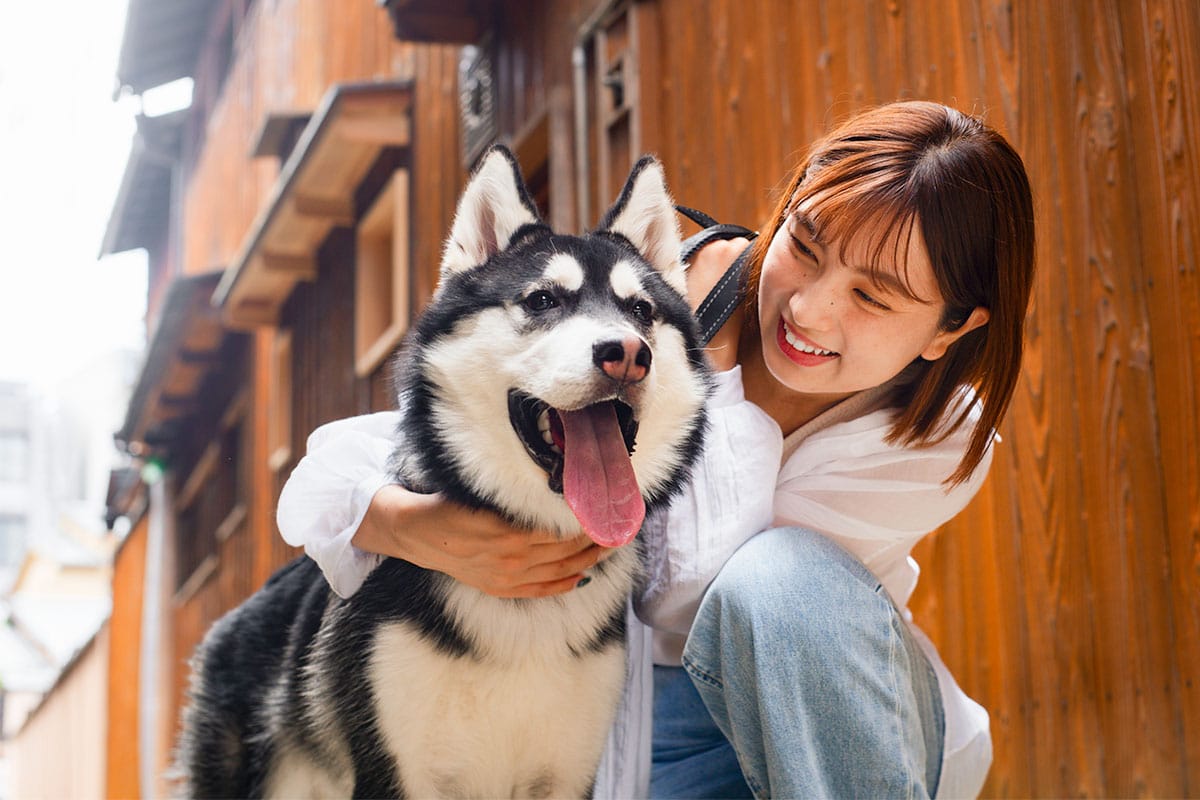
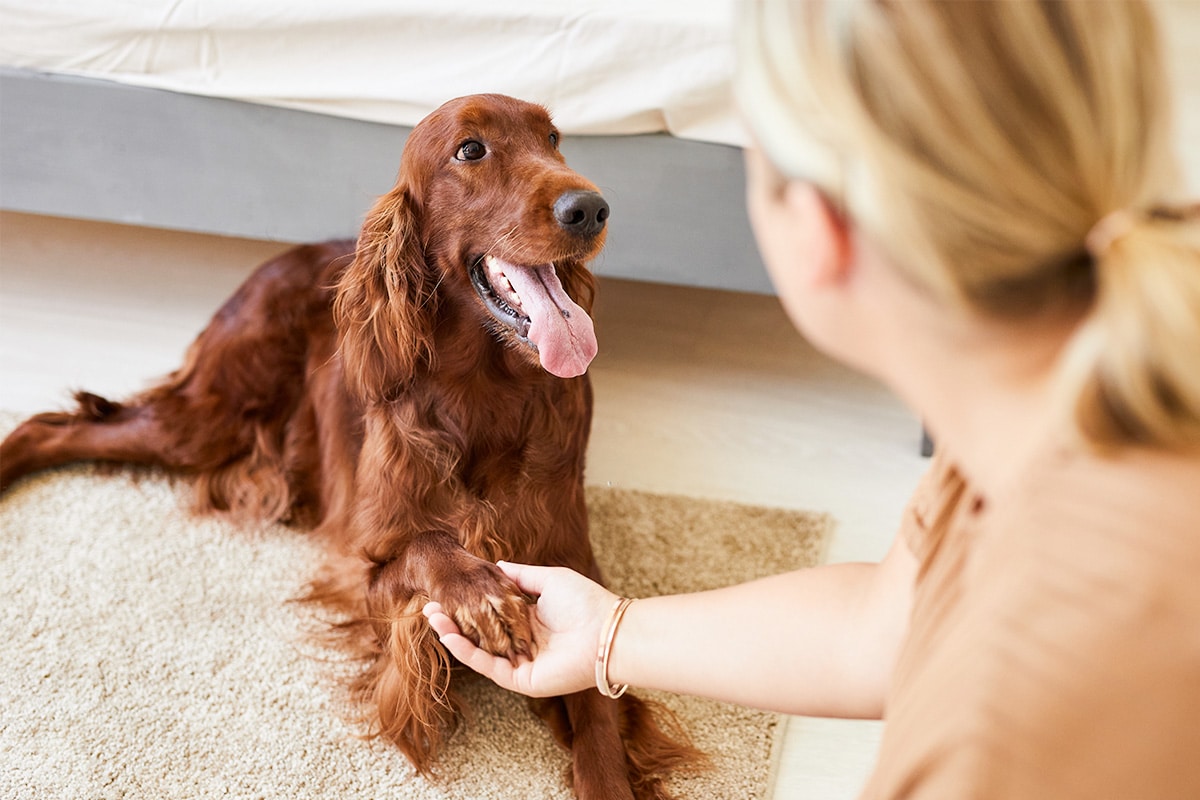
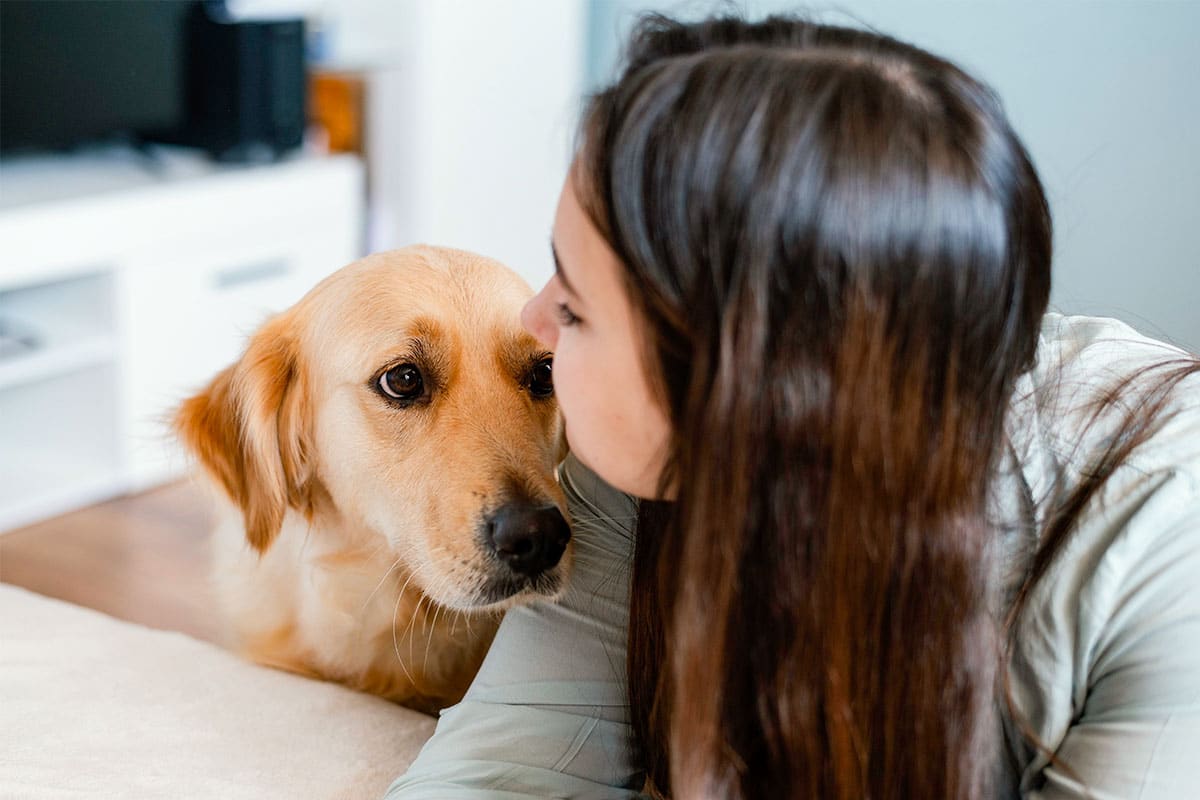





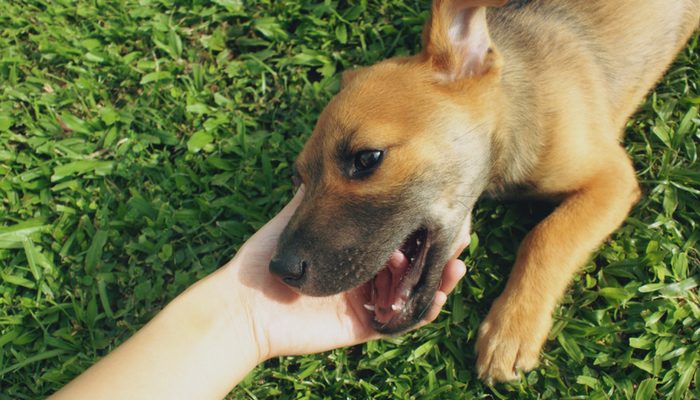




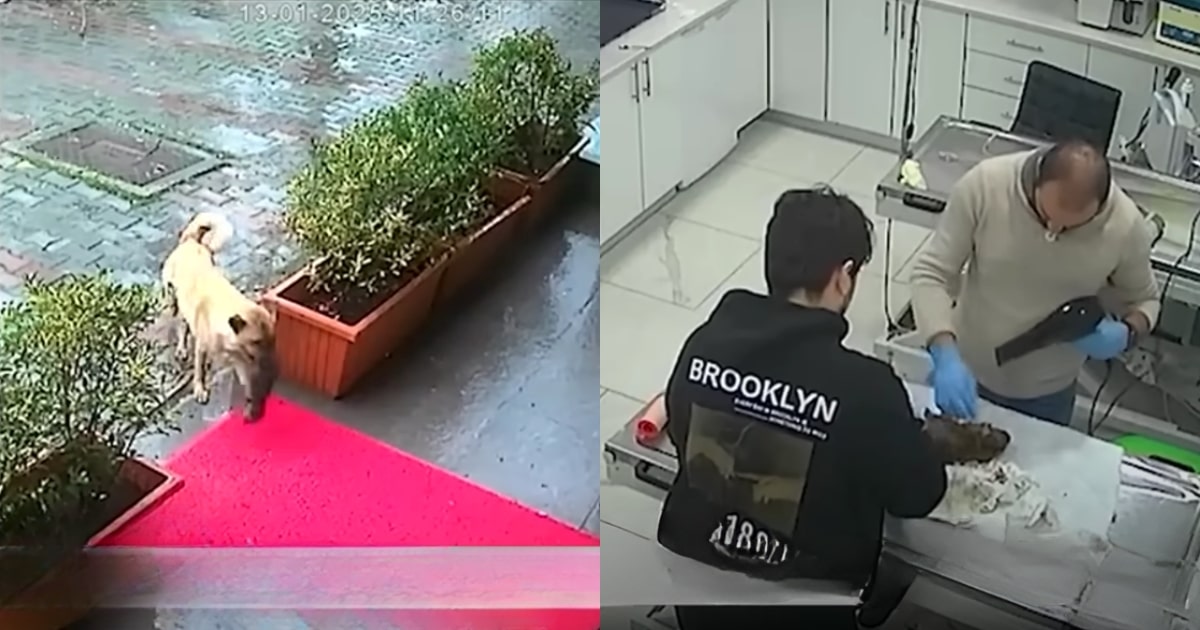
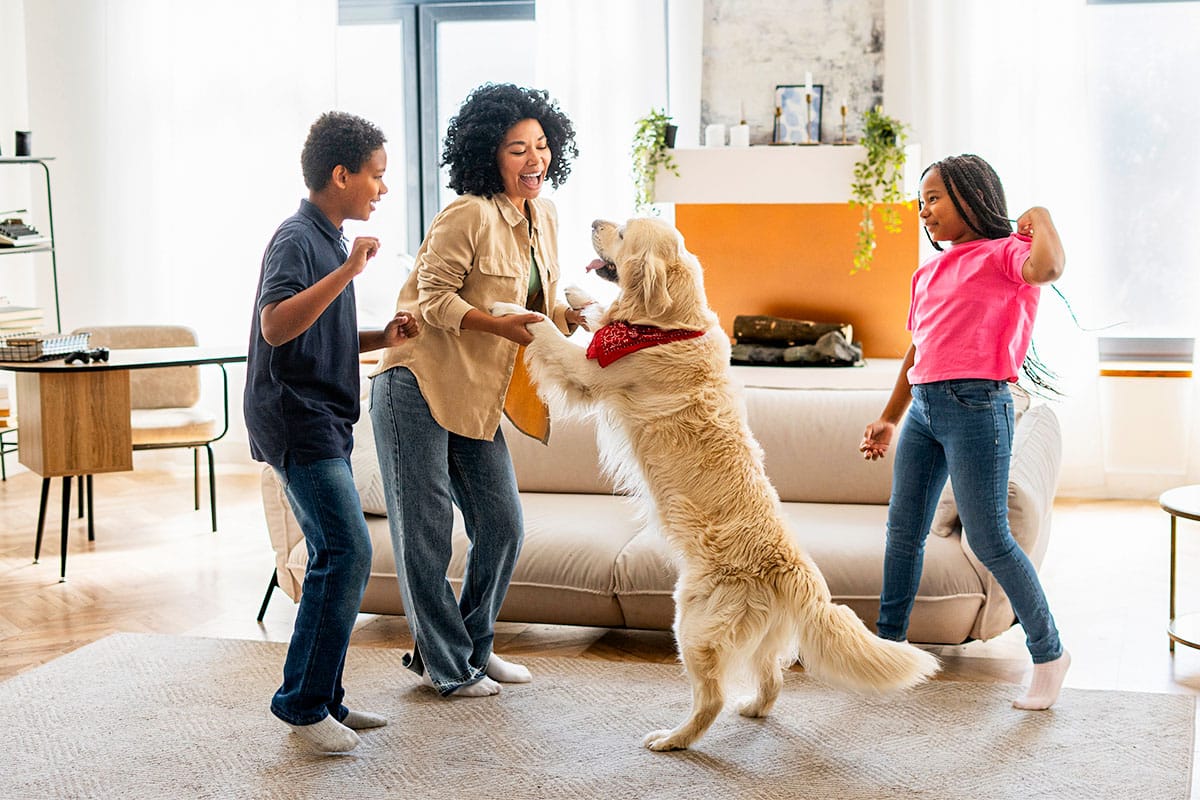

 English (US) ·
English (US) ·